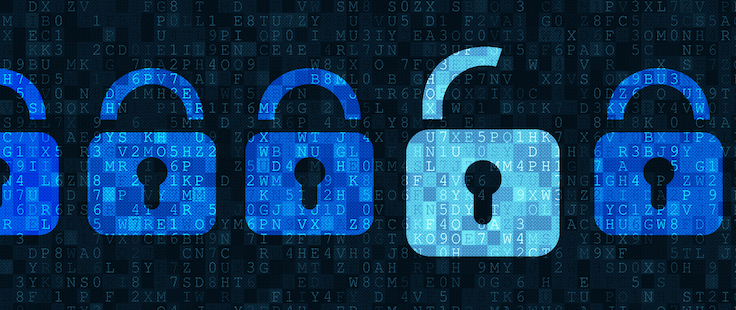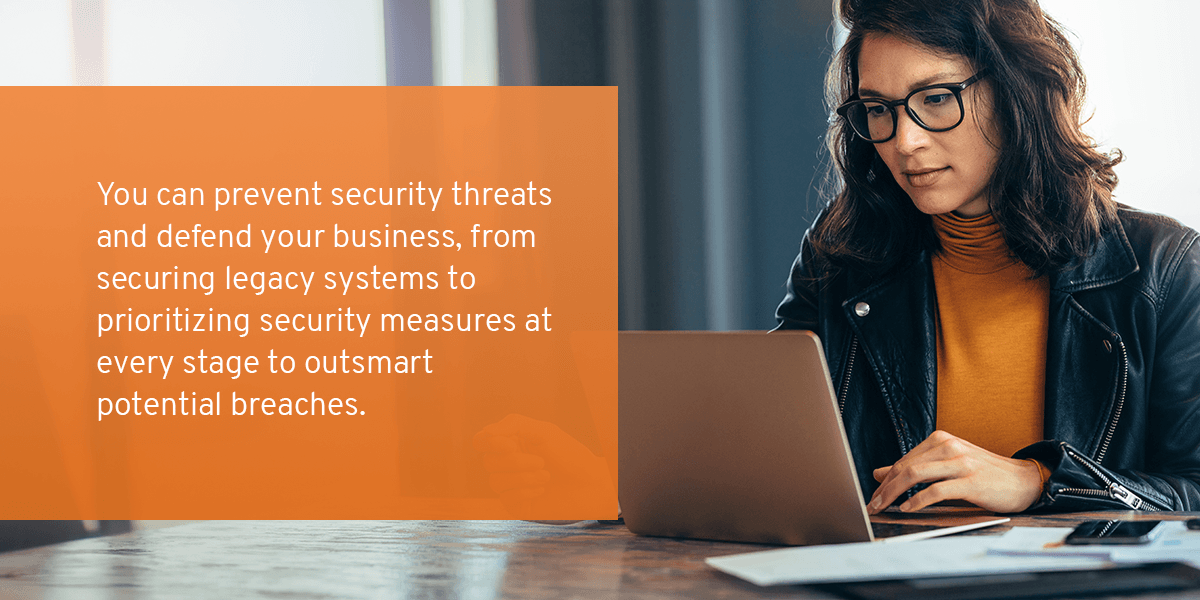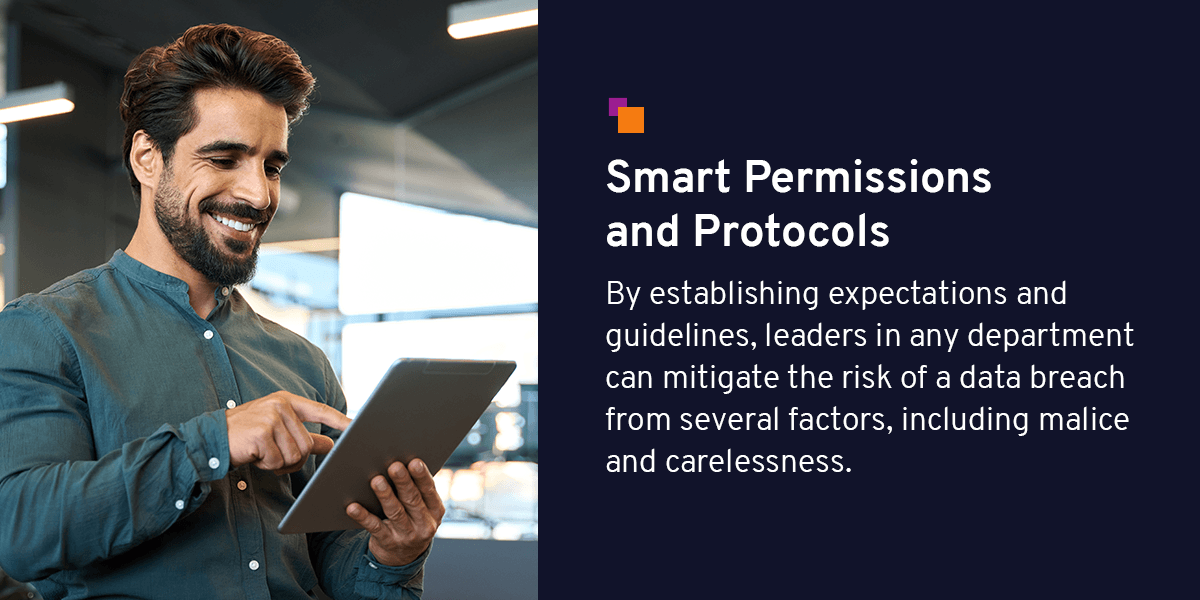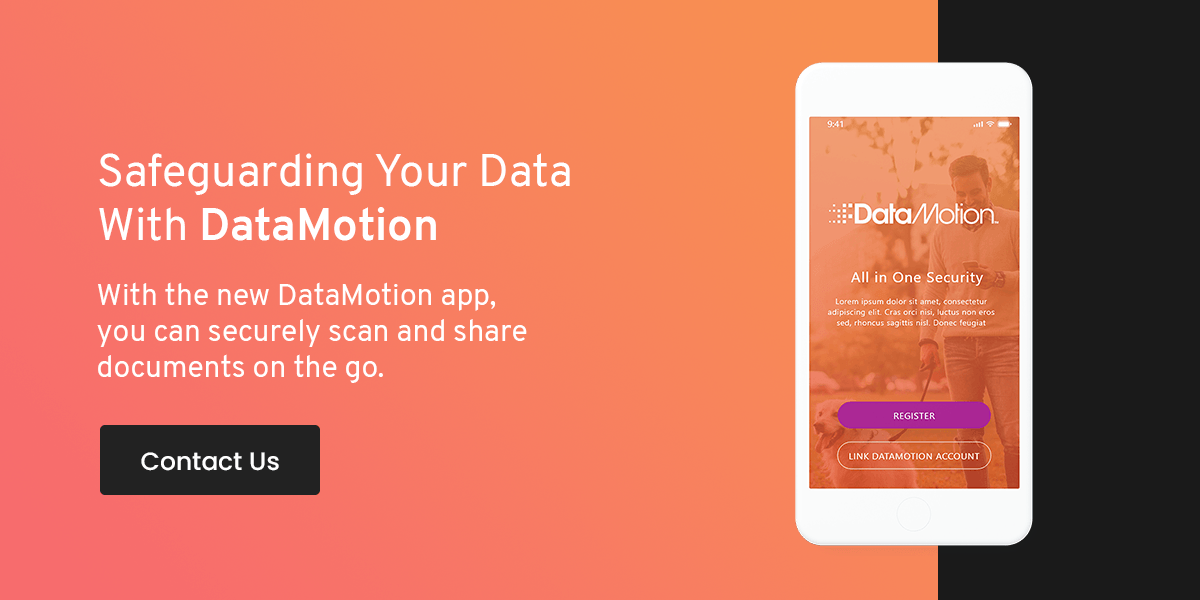DataMotion: A Pioneer in Secure Data Exchange for Healthcare
Ensuring the secure and efficient exchange of sensitive information including medical records, Personally Identifiable Information (PII) and Protected Health Information (PHI) is crucial to meet the diverse needs of the healthcare ecosystem, which includes a wide range of participants including payers, providers, social services, and long-term care facilities. However, the presence of disparate systems among these organizations increases interoperability challenges. That’s where DataMotion, a leading provider of secure data exchange and HISP (Health Information Service Provider) services, comes into play, uniquely equipped to overcome these challenges.
As a founding member of DirectTrust™ with over two decades of experience providing secure data exchange solutions, we have worked on some of the most demanding, high-volume projects in healthcare and other regulated industries. Clients turn to us to establish connections and streamline their operations, facilitating simple and secure digital communication channels within their familiar applications. We understand the intricate demands of healthcare organizations and regulated industries, tailoring our solutions to meet their specific requirements.
Unique Challenges in a Demanding Industry
Clinical data exchange and interoperability are crucial for delivering timely and accurate patient care, streamlining operations, reducing costs and complying with stringent regulations. However, due to the involvement of a wide range of stakeholders, including payors, providers, public health organizations, and community-based organizations (CBOs), the healthcare industry faces unique challenges in achieving these goals. Across the ecosystem, it’s understood that protecting patient PHI is a critical necessity, yet that data must be securely exchanged in such a way that it can be easily accessed to monitor disease outbreaks, coordinate care and services for vulnerable populations, and make informed decisions about patient care in real-time. In this complex landscape, establishing secure and interoperable data exchange between these systems is a difficult balance to strike, especially when each stakeholder often has different technologies and security protocols in place. To address these challenges, DataMotion plays a critical role in facilitating secure data exchange and interoperability.
Accredited HISP, CA, and RA Services
DataMotion’s accredited HISP, Certificate Authority (CA), and Registration Authority (RA) services ensure seamless, secure data exchange for key stakeholders and signify that we have met the rigorous requirements for data security and privacy set forth by DirectTrust. Additionally, our CA and RA accreditations allow us to issue and manage digital certificates – simplifying identity verification and establishing a robust, secure, and trustworthy framework for clinical exchange. This framework allows DataMotion to enroll patients on the DirectTrust network in a cost-effective & scalable manner allowing them to exchange healthcare information with their providers.
Empowering Natural Participation
Our innovative approach allows payers, providers, patients and the care community to engage with the secure data exchange process in ways that are most natural to them. Leveraging full lifecycle RESTful APIs, secure standards-based protocols, and a trust no one, trust nothing design, we enable simple and secure PHI exchange across diverse healthcare systems, including electronic health records (EHRs), patient portals, and contact center systems. Stakeholders benefit from reduced administrative burdens and increased employee productivity, more efficient collaboration and care coordination with external partners, and improved patient outcomes. By facilitating easy participation, DataMotion helps organizations streamline their workflows and enhance collaboration without compromising on security.
Proactive System Monitoring
To ensure system performance and availability, we deliver a comprehensive suite of features, including analytics and reporting to enable message tracking and provide insights into system performance. With 24/7 network monitoring, testing, and support services, as well as a 99.9% uptime with built-in redundancies, we ensure operations are always up and running smoothly. Our robust technology eliminates data loss and accelerates data exchange, ensuring that providers and patients experience seamless and secure PHI exchange. Moreover, our expert monitoring of overall HISP communications detects, reports, and resolves issues, providing a safe and secure data exchange experience.
Proven Nationwide Resilience
The DataMotion Platform is designed for nationwide scale, as proven during the COVID-19 pandemic response, to exchange millions of electronic case report (eCR) documents and corresponding reports between the nation’s hospitals and public and private health departments. The platform scaled to handle more than 2 million records per day.
Experience Across Industries
DataMotion’s expertise extends beyond healthcare, with a proven track record in financial services and government sectors. This cross-industry experience allows us to bring a more robust, holistic, and modern approach to clients’ digital modernization efforts. By understanding the unique challenges faced by each sector, DataMotion offers tailored solutions that address industry-specific needs.
DataMotion: Your Partner in Enabling Digital Modernization
DataMotion’s commitment to providing secure data exchange solutions for regulated industries has made us a trusted leader in the healthcare space. Our comprehensive suite of APIs and connectors enable payers and providers to integrate HIPAA-compliant secure messaging into their applications and workflows. With our vast experience, modern approach, and comprehensive services, DataMotion is the ideal partner for organizations seeking to achieve digital modernization while maintaining the highest security and compliance standards.
Discover how DataMotion enhances collaboration, streamlines operations, and promotes better health outcomes without compromising on security by visiting our solutions page or contacting our team of experts today. Stay up to date on the latest industry tips, tricks, and best practices for secure exchange by subscribing to our monthly newsletter.
















